In the diverse world of exotic pets, turtles have secured a special place in American households. These fascinating reptiles, with their distinctive shells and leisurely pace, offer a unique pet-keeping experience that differs significantly from traditional furry companions. From small, manageable species perfect for beginners to more specialized varieties for experienced keepers, the popularity of pet turtles continues to grow across the United States. Whether you’re considering your first shelled friend or expanding your reptile family, understanding the characteristics, care requirements, and temperaments of various turtle species can help you make an informed decision. Let’s explore the ten most beloved turtle species that Americans are welcoming into their homes.
Red-Eared Slider: America’s Most Common Pet Turtle

The Red-Eared Slider (Trachemys scripta elegans) reigns supreme as the most popular pet turtle in the United States, recognizable by the distinctive red stripe behind each eye. These semi-aquatic turtles are native to the southern United States and Mexico, thriving in freshwater habitats with abundant basking spots. Red-eared sliders are relatively affordable, widely available, and can live for decades with proper care—some reaching 20-30 years in captivity. Their popularity stems from their hardy nature, relatively straightforward care requirements, and engaging personalities, though prospective owners should be aware that they can grow to 7-12 inches in length, requiring spacious aquatic setups as they mature.
Eastern Box Turtle: The Land-Dwelling Favorite
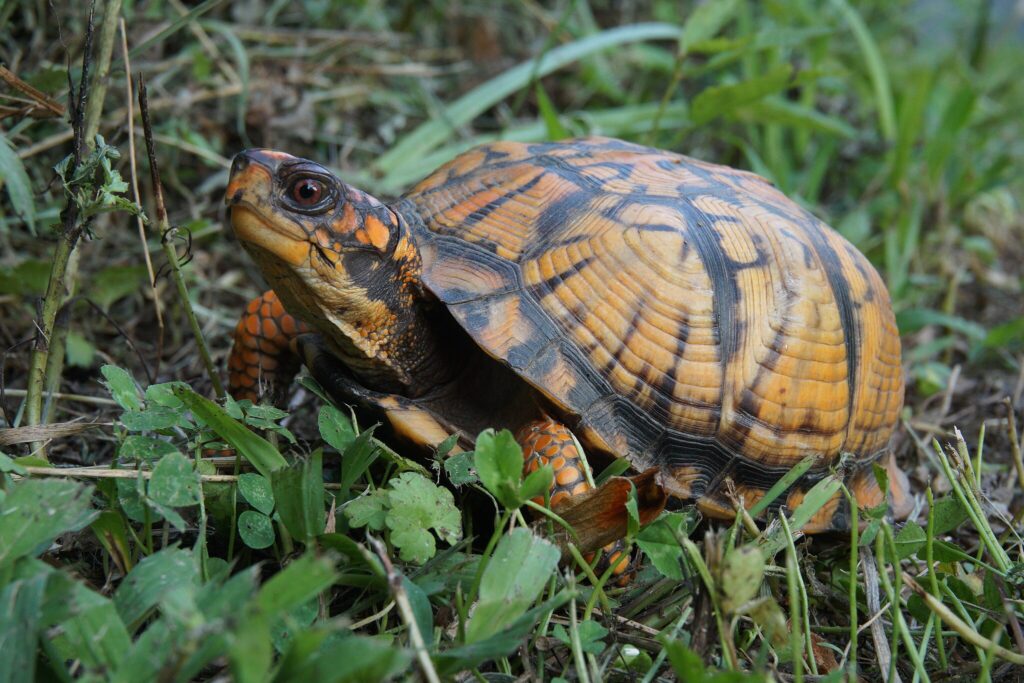
The Eastern Box Turtle (Terrapene carolina carolina) captivates turtle enthusiasts with its high-domed shell and vibrant orange and yellow markings on a dark background. Unlike many popular pet turtles, Eastern Box Turtles are primarily terrestrial, requiring forest-like enclosures with plenty of soil for digging, hiding spots, and a shallow water dish rather than an aquatic setup. These native North American turtles are known for their personable nature, often recognizing their caretakers and developing individual personalities over their exceptionally long lifespan, which can exceed 100 years in optimal conditions. Their specialized care requirements, including specific temperature gradients, humidity levels, and dietary needs, make them better suited for experienced reptile keepers rather than first-time turtle owners.
Painted Turtle: Colorful and Captivating

Painted Turtles (Chrysemys picta) earn their name from their spectacular coloration—olive to black shells accented with red and yellow patterns along the edges, plus bright yellow stripes on their heads, necks, and limbs. These medium-sized aquatic turtles, native to North America, typically grow to 4-10 inches depending on the subspecies, with females generally larger than males. Painted turtles are excellent swimmers that require spacious tanks with clean water, efficient filtration systems, UVB lighting, and comfortable basking areas where they can completely dry off and absorb heat. Their omnivorous diet includes commercial turtle pellets, leafy greens, aquatic plants, insects, and occasional fish, creating a diverse and nutritionally complete feeding program that contributes to their 25-30 year lifespan in captivity.
Russian Tortoise: The Desert Dweller
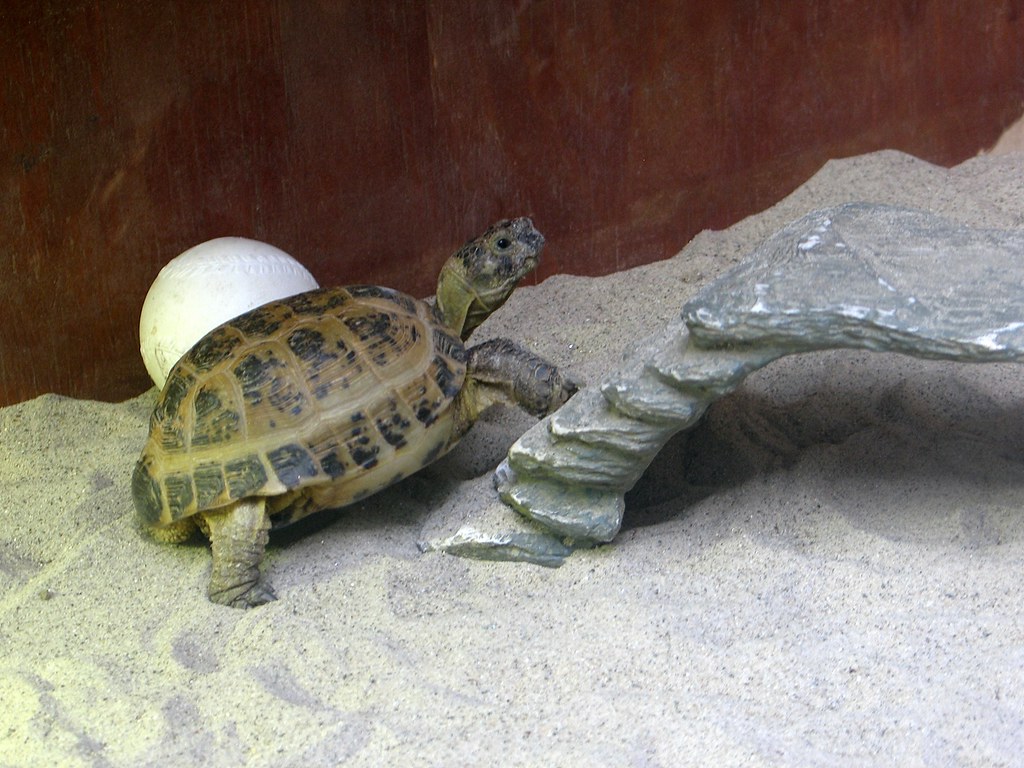
The Russian Tortoise (Testudo horsfieldii), also known as the Horsfield’s Tortoise, has become increasingly popular among American pet owners seeking a hardy, terrestrial species with a manageable size. Native to arid regions in Central Asia, these tortoises typically reach only 8-10 inches in length, making them one of the smaller tortoise species available in the pet trade. Russian Tortoises are characterized by their olive-brown shells, slightly flattened appearance, and prominent scales on their front legs that help them dig in their natural desert habitat. These herbivorous reptiles thrive on a diet rich in high-fiber, low-protein greens and grasses, with their outdoor enclosures ideally mimicking their native environment with plenty of space to roam, dig, and bask in direct sunlight.
Yellow-Bellied Slider: Cousin to the Red-Eared
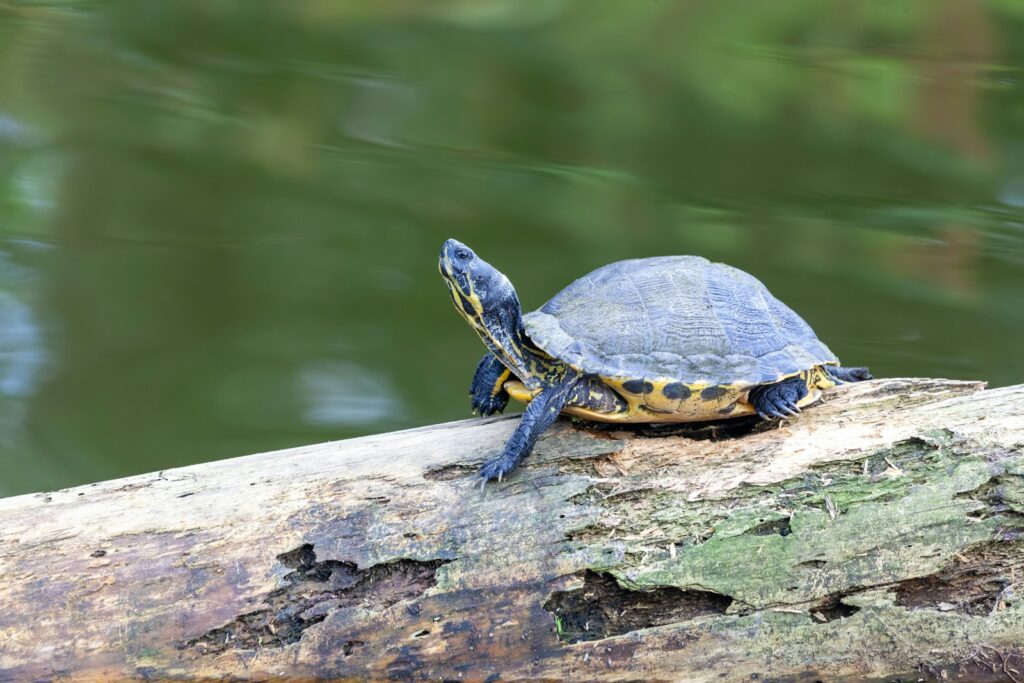
The Yellow-Bellied Slider (Trachemys scripta scripta) closely resembles its more famous relative, the Red-Eared Slider, but is distinguished by the vibrant yellow patterns on its lower shell and the yellow stripes on its head rather than red patches. Native to the southeastern United States, these semi-aquatic turtles inhabit slow-moving water bodies and are excellent swimmers that can grow to 5-13 inches, with females typically larger than males. Yellow-Bellied Sliders require similar care to Red-Eared Sliders, including large aquatic habitats with efficient filtration, proper temperature gradients, UVB lighting, and spacious basking areas. Their omnivorous diet shifts from primarily carnivorous as juveniles to increasingly herbivorous as they mature, requiring a balanced combination of commercial turtle pellets, leafy greens, vegetables, and occasional protein sources like insects and fish.
Musk Turtle: Small Package, Big Personality
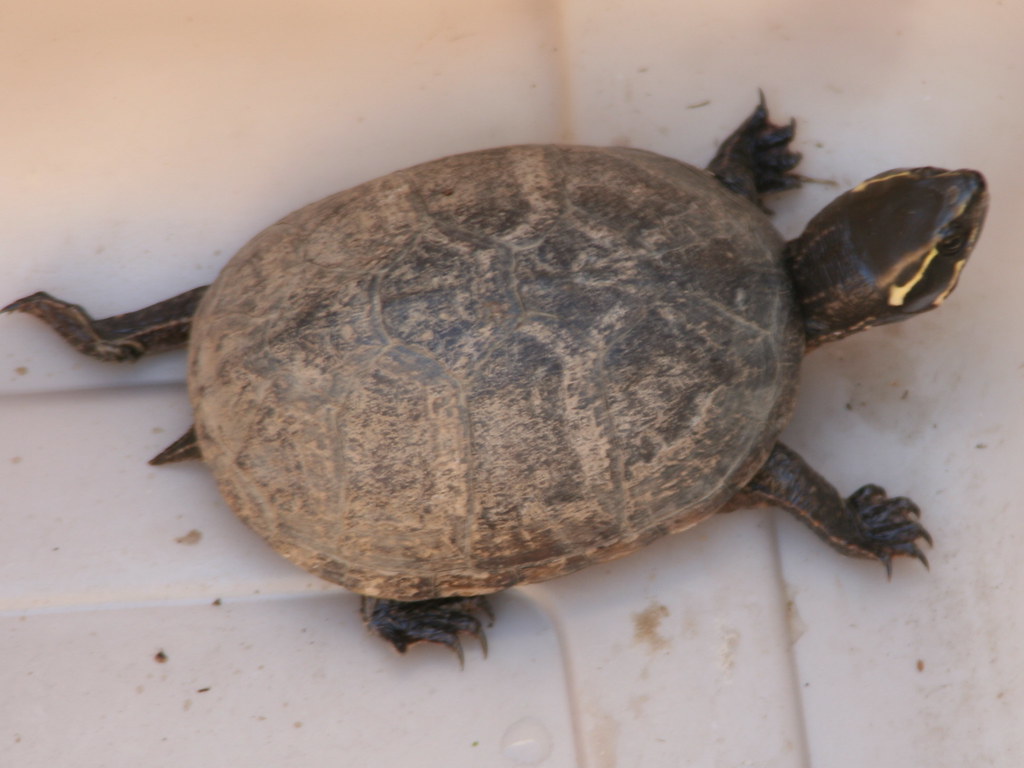
Musk Turtles, particularly the Common Musk Turtle (Sternotherus odoratus), have gained popularity among apartment dwellers and those with limited space due to their compact size, typically reaching only 3-5 inches in length. These aquatic turtles earned their nickname “Stinkpots” from their ability to release a foul-smelling musk from glands along the edge of their shell when threatened, though this defensive behavior occurs rarely in captivity when they’re properly handled and cared for. Unlike many aquatic turtles, Musk Turtles are poor baskers that spend most of their time swimming or walking along the bottom of their aquatic habitat, requiring less elaborate basking platforms but still needing access to dry areas and UVB lighting. Their primarily carnivorous diet consists of commercial turtle pellets, insects, small fish, and aquatic invertebrates, with occasional plant matter supplementing their nutritional needs.
Map Turtle: Geographic Shell Patterns

Map Turtles (Graptemys species) earn their distinctive name from the intricate network of fine lines on their shells that resemble topographic maps or road systems. The group includes several species native to North American river systems, with the Mississippi Map Turtle and Ouachita Map Turtle being particularly popular in the pet trade. These highly aquatic turtles are exceptional swimmers that require large tanks with powerful filtration, strong water currents, and multiple basking spots at different heights to create the temperature gradients they need. Female Map Turtles exhibit dramatic sexual dimorphism, growing significantly larger than males (sometimes three times the size) and developing much broader heads specialized for crushing mollusk shells and other hard-shelled prey in the wild. Their specialized care requirements, including deep, clean water with excellent filtration and specific dietary needs, make them more suitable for experienced turtle keepers rather than beginners.
Greek Tortoise: Mediterranean Charm

The Greek Tortoise (Testudo graeca), also known as the Spur-thighed Tortoise, has become increasingly popular among tortoise enthusiasts for its manageable size and attractive appearance. Native to southern Europe, North Africa, and southwest Asia, these terrestrial reptiles typically reach 5-8 inches in length, with distinctive features including a high-domed shell and prominent scales on their thighs that resemble spurs. Greek Tortoises thrive in Mediterranean-type climates and require outdoor enclosures whenever possible, with secure boundaries to prevent escaping, as they are surprisingly agile climbers and determined diggers despite their seemingly slow pace. Their strictly herbivorous diet should consist primarily of high-fiber, low-protein, calcium-rich greens and weeds, with commercial tortoise food and fruit used only as occasional treats to prevent shell deformities and organ problems associated with improper nutrition. With proper care, including appropriate temperature gradients, hibernation protocols, and dietary management, Greek Tortoises can live for 50 years or more, making them a lifelong commitment for their caretakers.
Mud Turtle: The Beginner-Friendly Aquatic
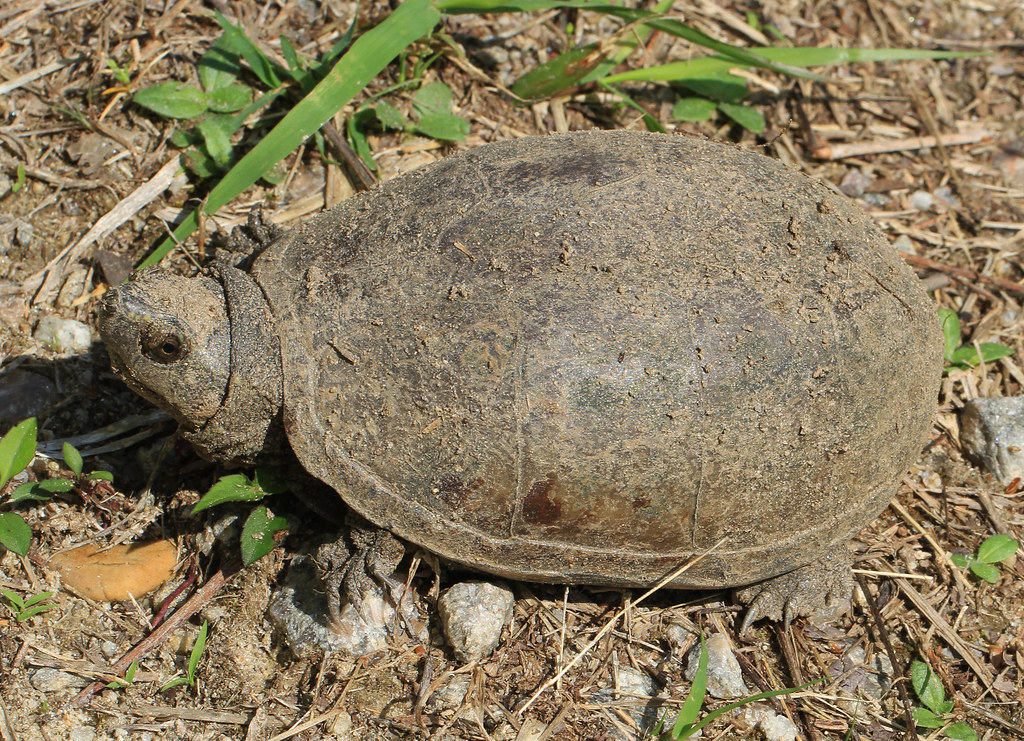
Mud Turtles (Kinosternon species) have earned their place among America’s favorite pet turtles thanks to their modest size, typically reaching only 3-5 inches in length, making them ideal for keepers with space limitations. These primarily aquatic turtles, native to the Americas, are characterized by their plain brown to olive carapaces, hinged plastrons (bottom shells), and relatively small heads compared to their cousins, the Musk Turtles. Mud Turtles are adaptable creatures that can thrive in captivity with relatively simple setups consisting of water deep enough to swim comfortably, accessible basking areas, UVB lighting, and appropriate temperature gradients. Their omnivorous diet includes commercial turtle pellets, insects, small fish, earthworms, and occasional plant matter, creating a varied feeding routine that contributes to their 30-50 year lifespan when properly maintained.
Reeve’s Turtle: Asian Elegance
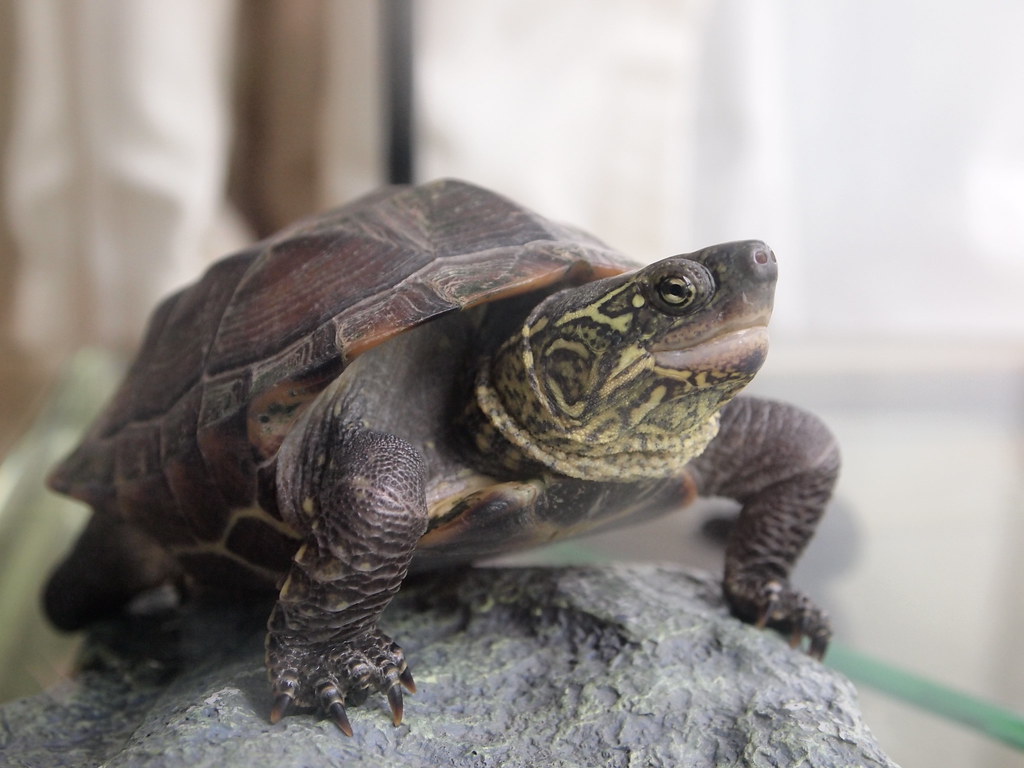
The Reeve’s Turtle (Mauremys reevesii), native to East Asia including China, Japan, and Korea, has become increasingly popular in American homes due to its manageable size and striking appearance. These semi-aquatic turtles typically reach 4-9 inches in length and are identified by their olive to brown carapaces featuring three distinct keels (raised ridges) running lengthwise along the shell, plus bright yellow stripes extending from their eyes down their necks. Reeve’s Turtles are known for their active, alert behavior and relatively high intelligence compared to many other turtle species, often recognizing their caretakers and displaying curious behaviors that make them engaging pets. Their care requirements include spacious aquatic habitats with excellent filtration, proper temperature gradients (75-85°F water temperature and basking spots of 90-95°F), UVB lighting, and a varied omnivorous diet consisting of commercial turtle pellets, insects, small fish, and plant matter to support their 20-30 year lifespan.
Wood Turtle: The Intelligent Explorer
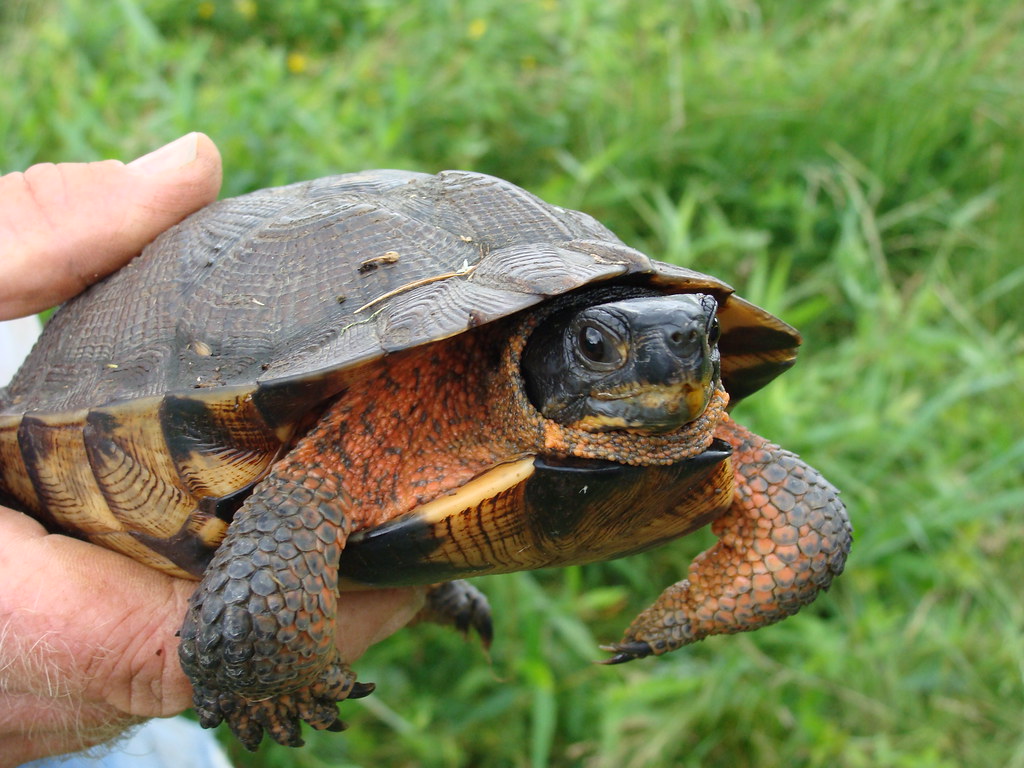
The Wood Turtle (Glyptemys insculpta) stands out among pet turtles for its exceptional intelligence, with studies suggesting cognitive abilities comparable to rats and some birds in problem-solving scenarios. Native to northeastern North America, these semi-terrestrial turtles are characterized by their sculpted shells that feature growth rings resembling carved wood, giving them their distinctive name. Wood Turtles require specialized enclosures that provide both aquatic and terrestrial environments, mimicking their natural habitat of woodland streams and adjacent forests where they spend significant time exploring on land during warmer months. Their omnivorous diet includes earthworms, slugs, berries, mushrooms, leafy greens, and occasional fruits, reflecting their opportunistic feeding strategy in the wild where they’re known to stomp the ground to mimic rainfall and bring earthworms to the surface. Due to their protected status in many states and declining wild populations, Wood Turtles in the pet trade should come from verifiable captive breeding programs with appropriate documentation, making them one of the more ethically complex choices for turtle enthusiasts.
Essential Care Considerations for Pet Turtles
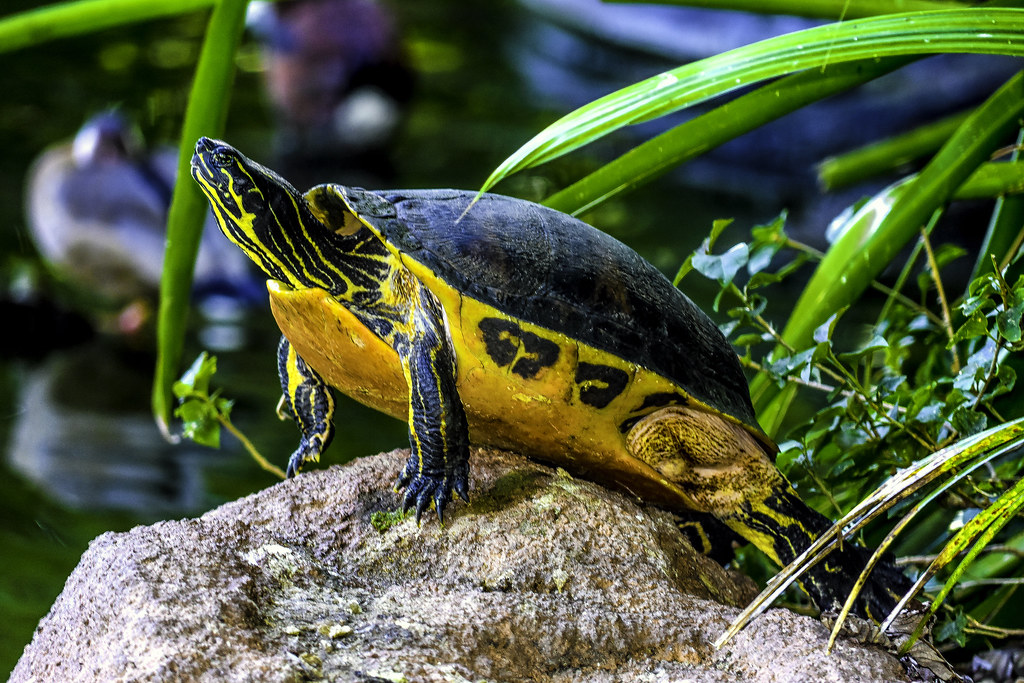
Regardless of species, all pet turtles share certain fundamental care requirements that prospective owners must consider before bringing these long-lived reptiles home. Proper housing is paramount, with aquatic species needing large tanks (typically 10 gallons of water per inch of shell length as a minimum), powerful filtration systems, and adequate basking areas, while terrestrial species require secure enclosures with appropriate substrate, hiding spots, and temperature gradients. All turtles need exposure to UVB lighting to synthesize vitamin D3 and properly metabolize calcium, preventing metabolic bone disease and shell deformities that can develop with improper lighting. Nutrition varies by species but generally requires research and dedication to provide balanced diets that may include commercial turtle pellets, fresh vegetables, insects, and occasional fruits depending on the species’ natural diet. Perhaps most importantly, potential turtle owners should research the expected lifespan of their chosen species and make a commitment to decades of care, with many popular pet turtles living 20-50 years or more with proper husbandry.
In conclusion, pet turtles offer rewarding companionship for those willing to invest in their specialized care requirements. From the popular Red-Eared Slider to the intelligent Wood Turtle, each species brings unique characteristics and needs to the relationship. Potential turtle owners should thoroughly research their chosen species, prepare appropriate habitats before bringing their new pet home, and commit to the long-term care these remarkable reptiles require. With proper husbandry, diet, and environmental conditions, these shelled companions can thrive for decades, making them not just pets but lifelong family members. Remember that responsible ownership also means never releasing unwanted pet turtles into the wild, as this practice threatens native ecosystems and often results in the suffering of the released animal.



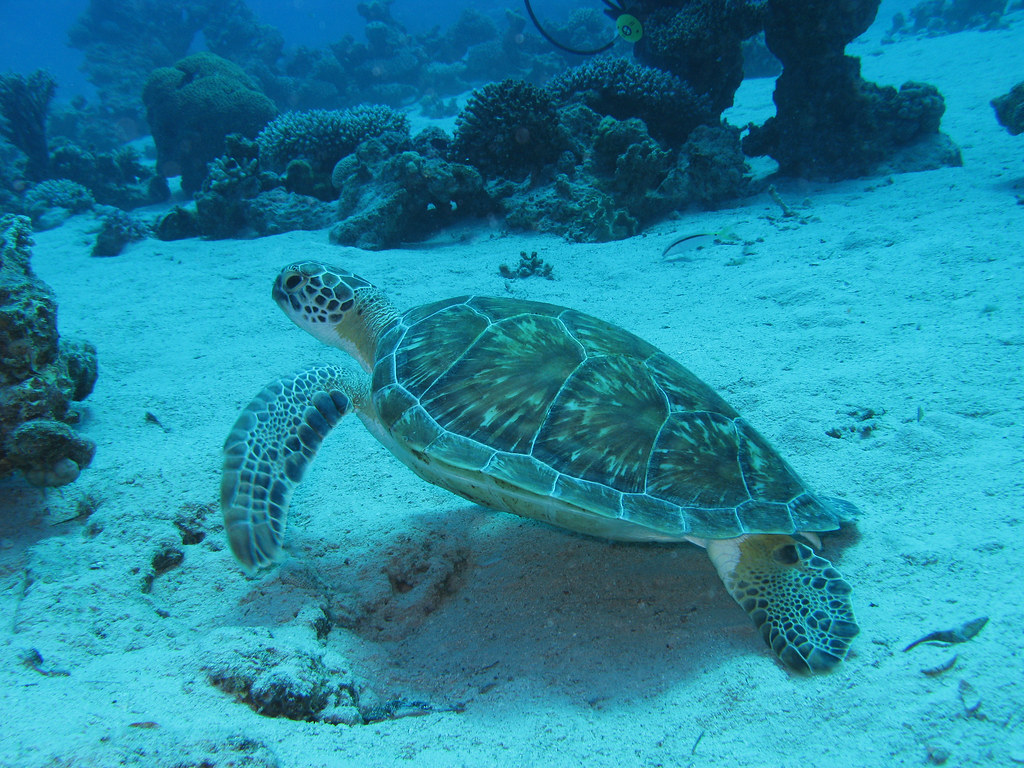
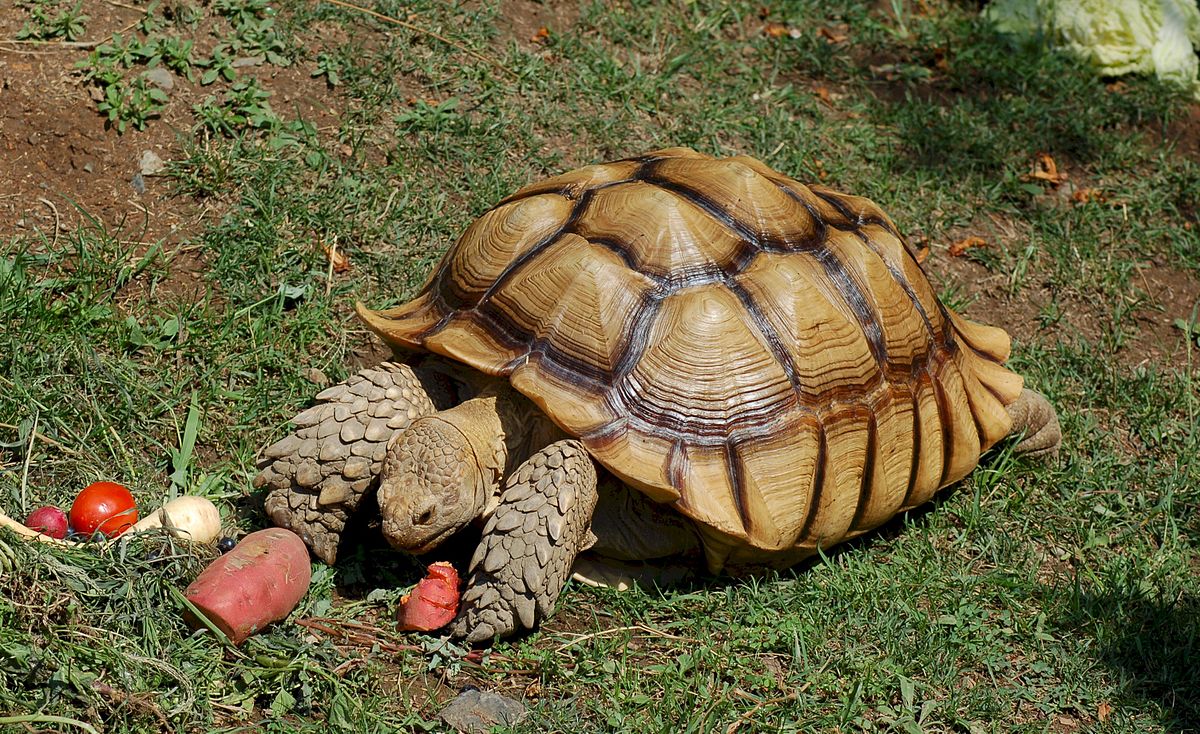
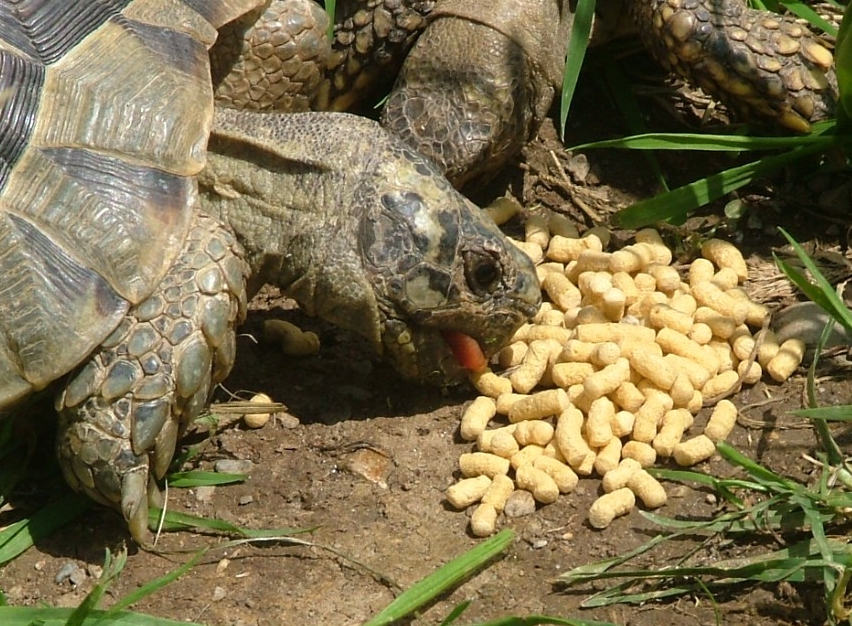
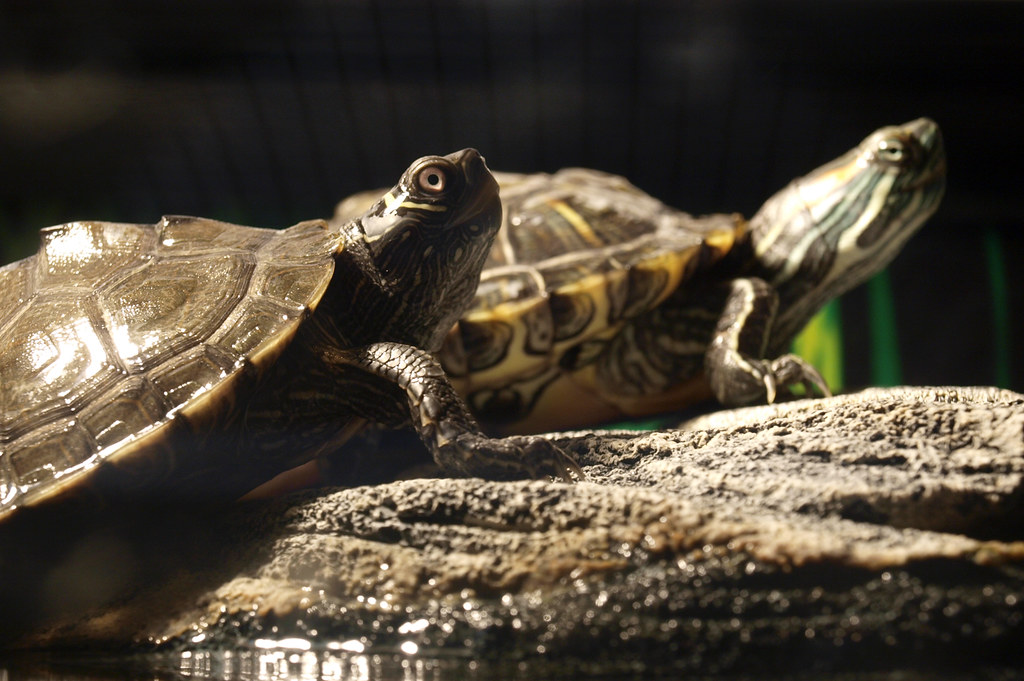

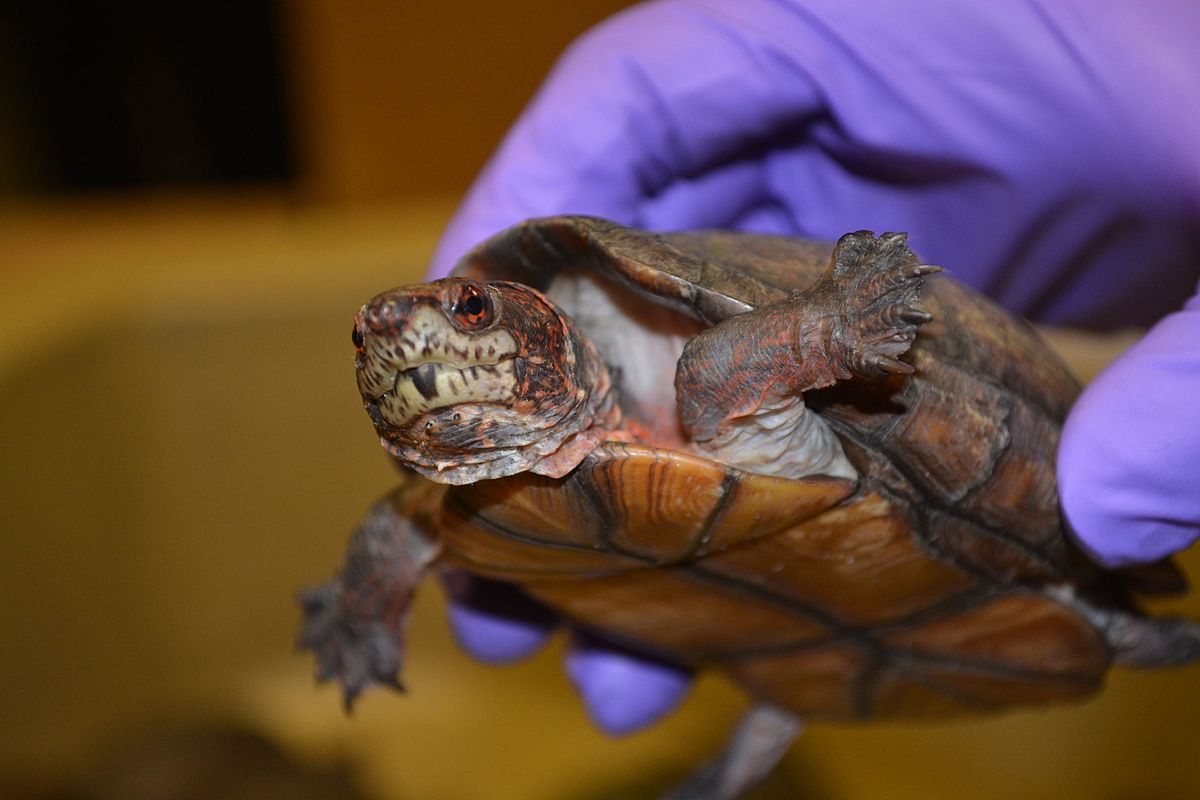

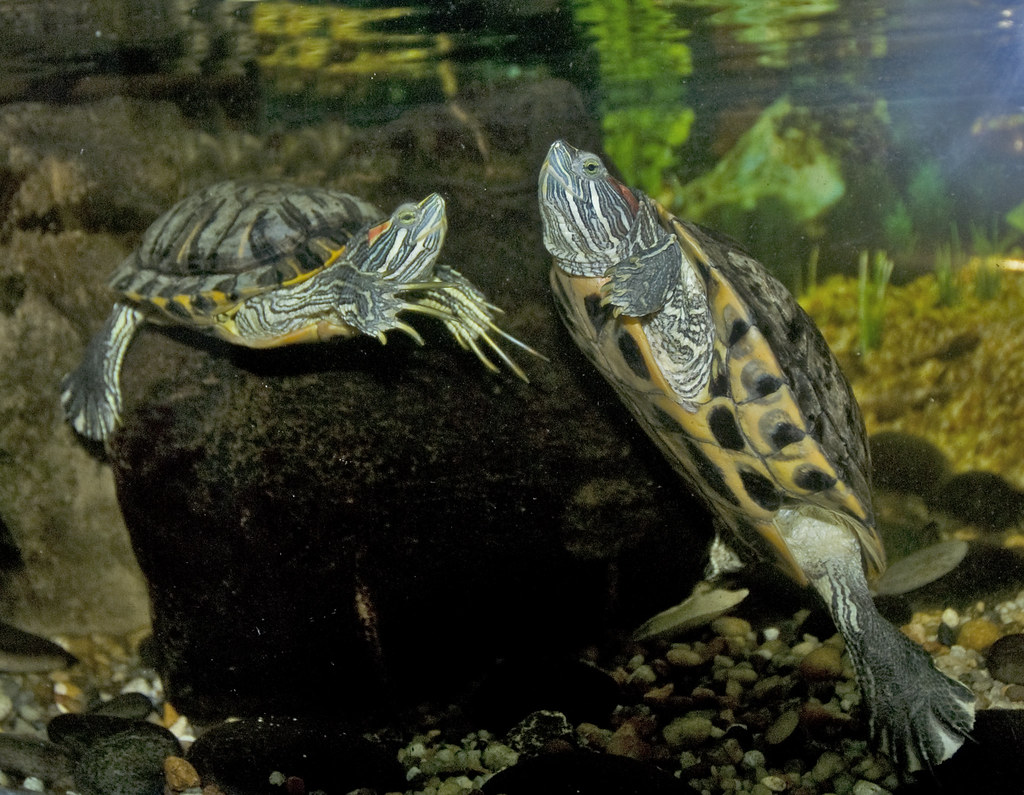




Leave a Reply